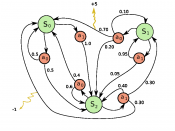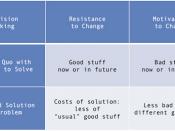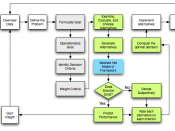Decision-making is the critical key to the survival of an organization, more so in this present time where we see economic boundaries between countries crumble and businesses become more complex, global and knowledge-driven. Managers need to ensure that their organizations are continuously innovated and improved in order to achieve and maintain a sustainable competitive edge. In fact, Porter (1985) highlighted that it is this competitive ability which is considered to be at the core of the success or failure of a firm. Managers realize that if their organizations are to survive in this dynamic and uncertain environment, they have to make decisions concerning new business opportunities, products, customers, suppliers, markets and technical developments. This clearly indicates that the most important managerial attribute is the ability to make the right decision. The outcomes of the decisions will be used as the benchmark to evaluate whether managers are successful or not. Therefore, the question that arises is how managers make decisions and whether they are rational or irrational.
Stoner and Freeman (1989, p.165) defined decision making as "a process of identifying and selecting a course of action to deal with a specific problem or take advantage of an opportunity". Decisions are at the heart of any organization, which relates to nearly every level of an organization. Making-decision can be difficult for a number of reasons such as the organizational structure, human behavioral, organizational culture, uncertainties, incomplete information, multiple objectives, complexity of the problem and anxiety, which directly influence the decision making process. Regardless of the constraints, managers have to make decisions. Under any circumstances, decisions made cannot and must not be wrong because decisions are the mechanisms by which decision-makers try to accomplish the goals of the organization; they are the means to an end.
Huber (1980) stated that there are two...


